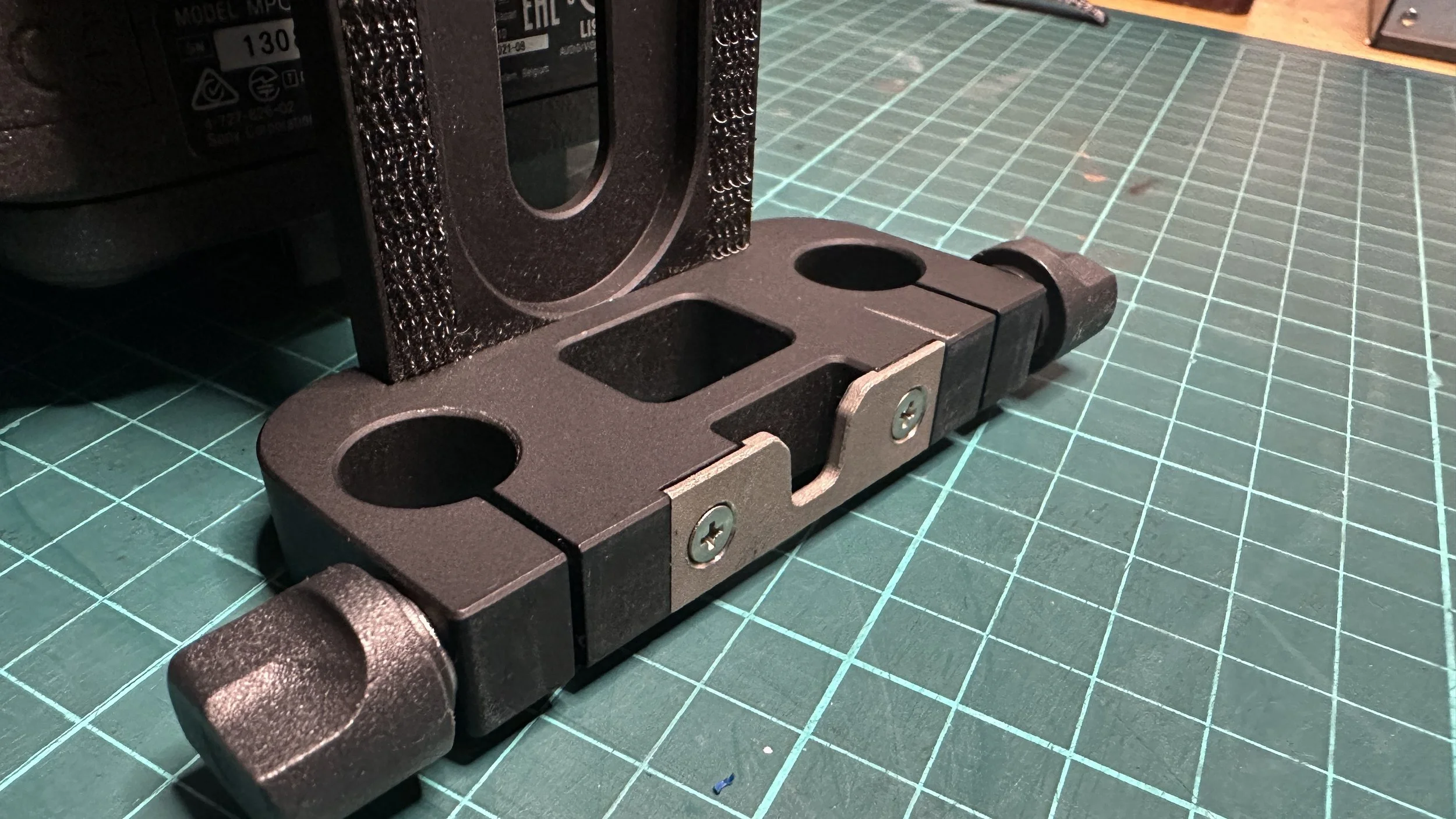Sony Cinema Camera Blog - Workflow Advice
Tips and advice from a professional, Sony Venice camera operator and director of photography based in Yorkshire, UK.
Four walls of choice.
There’s a hidden superpower to aspect ratio. It doesn’t sound sexy. It’s not some new camera or a lens with a trendy name. But when I’m first asked to help shape the look of a project, it’s where my mind goes first. Yet hardly anyone consciously thinks about it. Not properly. But everyone — everyone on set, everyone in the audience — feels it.
Grey cards. 50% of the frame.
Most people probably think colour temperature is a minor detail, one of those things you set and forget. Dial in 5600K, maybe 3200K, make sure it looks about right, and crack on. It RAW or Log right. Simple. Except it isn’t - at least not for me. I’m a specialist, I’m hired to care deeply about the images I help create, and yeah, not everyone cares to that levels and thats ok. But if you’re still here, reading this, I’m guessing you care to.
Shaving Grams: Venice Rig Update
We’ve got a corporate gig down in London next week. Nothing wild— a straightforward job, clean setup, no frills. So I’ve been tweaking the Venice, chasing simplicity and dropping dead weight. First off, no ARRI top plate. I know, shock horror. But hear me out. The solution is the default Sony top hand and rod support. Elegant. Minimal. Saved myself 300 grams, and I prefer the clean look of the camera. I’ve reverted to the Sony stock handle too which maintains the forward and aft adjustment, but the handle feels more solid and also saves some weight.
Cutting the Cord: Testing the UGREEN Bluetooth Transmitter
The UGREEN Bluetooth Transmitter has been a recent addition to my kit, a small but surprisingly useful piece of gear. The main appeal is the obvious… the lack of cables. When you’re moving fast, handheld, or working in unpredictable environments, the last thing you want is wires snagging on rigging or getting in the way of a quick reposition.
Comparing the EI of Sony Venice & FX3: Latitude and Sensor Noise/Grain
This isn’t about winners or losers. It’s not a contest. The Sony Venice and the FX3 exist in different spheres of the industry, each built for a purpose, each delivering stunning images in its own way. The goal here? To see how they can work together—how their colours, textures, noise, and dynamic range can align to tell a cohesive visual story.
Mastering EI Monitoring on the Sony Venice: A Simple Fix You Might Have Missed
If you’ve ever struggled with monitoring changes to the Exposure Index (EI) on the Venice, you’re not alone. I recently found myself facing an issue when using off-base EIs—anything other than the native 500 (low base) or 2500 (high base). The challenge? The EI changes weren’t reflected in my monitor, making it difficult to judge exposure properly, especially on 3rd part monitors using tolls such as EL Zone exposure or False Colour.
Old-School Audio with Modern Tech: My Workflow with the Sony Venice & Sound Devices 302
After an Instagram post following some recent work which required sync audio into camera for post reasons, I’m diving into the setup to answer some questions. Specifically, I want to talk about my audio workflow with the Sony Venice camera, Sound Devices 302 mixer, and finally a little more about Deity Theos UHF wireless kit. If you’re someone who appreciates the intersection of obscure analogue engineering and cutting-edge digital technology, this setup might intrigue you. There is a video below if you prefer to watch a demo of all this, otherwise I have done my best to break things down in the article below.
Camera Tech Indulgence & The Rush Design VCT Plate for the Sony Venice
Alright, let’s kick off this blog with a deep dive into camera rigging—especially for those of you who own a Sony Venice, are Venice-curious, or work as ACs with the Mk1 or Mk2. The Venice has become more accessible lately, opening up new possibilities. I’m hoping to share a few tips that might help you with rigging, operating, and navigating the quirks that make this camera so unique.







